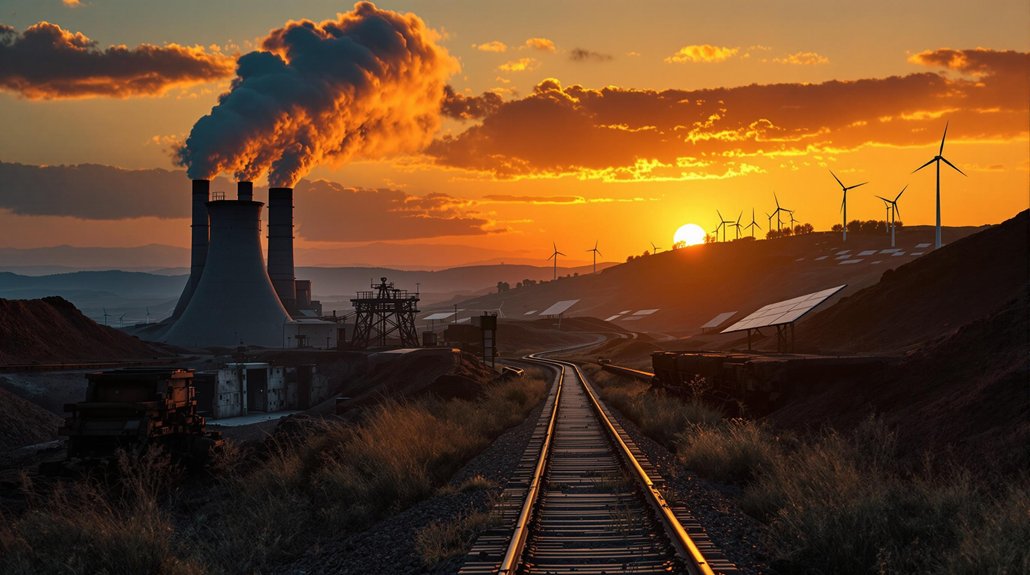A new study reveals troubling news for Texas energy consumers. If renewable energy expansion stops, power bills could jump by 10% across the state. The average household might pay an extra $225 yearly, while large industrial users face potential increases of $6.3 million annually. Total system costs could rise by $5.2 billion. This financial burden would affect millions of Texans at a time when many already struggle with utility expenses. What alternatives exist for the state’s energy future?
Texas homeowners and businesses are bracing for a significant hit to their wallets as power bills are projected to increase by 10% if restrictions on renewable energy expansion continue. A new study reveals that the average household could see annual bills rise by approximately $225, while large industrial consumers could face an extra $6.3 million in yearly energy costs.
The financial impact extends beyond individual consumers. Total system costs are expected to climb by $5.2 billion if renewable growth stops. Wholesale power prices could increase by 14% by 2035 under such restrictions, putting further strain on Texas’s economy. This stands in stark contrast to the long-term savings typically associated with renewable energy development.
Grid reliability also faces serious challenges without renewable expansion. Up to 620,000 homes could experience outages during peak demand and extreme weather events. ERCOT, the state’s grid operator, has successfully managed increasing demand by using renewables and storage in the past.
The economic consequences go beyond higher bills. Renewable energy has already saved Texas consumers $11 billion over two years. Without continued investment in new renewable supply, consumers may face higher scarcity pricing and extended periods of high rates. Businesses might choose to relocate to states with more stable energy prices.
Texas faces a looming energy crisis as demand is forecast to nearly double by 2030. This surge is driven by population growth, extreme weather, and power-hungry industries like data centers and crypto mining. Experts warn that supply shortages could begin as early as summer 2026 if generation doesn’t keep pace. The analysis shows restrictive policies would increase the risk of capacity shortfalls during extreme weather events.
While lawmakers have created incentives for new natural gas facilities, their slow construction may not fill near-term supply gaps. Energy specialists view legislative actions that hinder renewable expansion as counterproductive to keeping costs low and maintaining reliability.
Renewables have consistently set new output records in Texas, with battery storage recently delivering over 10% of grid demand during critical periods. In recent years, Texas has dramatically increased energy supply with 92% of growth coming from renewable sources, making these technologies essential for balancing peak load and maintaining the stability that Texas’s growing economy demands.









